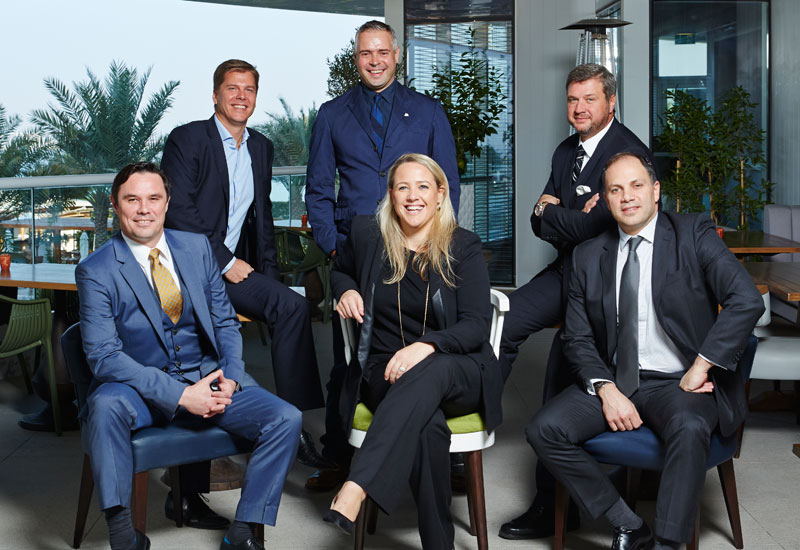According to the December 2015 STR Global Pipeline Report, there are 514 hotels totalling 147,746 rooms under contract in the Middle East and 319 hotels totalling 60,713 rooms under contract in Africa. All these hotels will invariably have an F&B component to their name, and with the increasing trend of importing concepts from abroad — not just well-known branded names, but celebrity chef or Michelin concepts — there are exciting times ahead.
However, the catchment audience is not as big as one would hope; hoteliers (and restaurateurs) are all going after the small percentage of people who have the purchasing power to spend more than just on special occasions.
In an atmosphere brimming with potential, how do hoteliers cope with the trends of the market, as well as the demands of the consumer? Hotelier Middle East gathers up the experts one morning at Al Maeda restaurant at Doubletree by Hilton JBR, and finds out.

| Advertisement |
Hotelier: Tell us briefly about the trends that all of you are seeing in the market right now?
Adam Van Den Bussche: The restaurant business is starting to become a bit more exciting, having dipped a bit in the West. It’s still very vibrant and dynamic, especially in Asia.
Gianluca Sparacino: Earlier the restaurant was primarily an amenity for the guests; we’ve managed to change the dynamic and realise that by creating great restaurants in a hotel that are run on a free-standing basis, you can actually create a separate heart and soul to the hotel itself. Having said that, there are operators out there who do a better job than we do. Tying ourselves with some of these operators and creating a balance of portfolios in our hotels is what we’re really trying to do. It really depends on what ownership is looking for, for their hotel, and what makes the right fit.
Mikael Svensson: The other thing is how you balance it internally — at the end of the day it all falls under the roof, and the guest doesn’t necessarily know that. How do you balance where you’re outsourcing and not? How do you marry the two so that it feels like a restaurant under the umbrella of the brand?
Marc Gicquel: Ultimately the market dynamics have changed. We strongly believe that less is more, and focus on the quality versus the quantity of our outlets. The time when there were 12-15 outlets in a resort is gone but the concept has to be different as well. From a setup point of view, you still need to have in-house concepts, but we also need to get the support of big franchises and brands as well, as well as going into lease. There’s no one size fits all, it depends on the location and the type of hotel.
Niki Robinson: The challenge that I think we have is that in bringing these global brands and working with local, independent operators, it forces us to rethink the in-house concepts as well. Because it’s got to be up to muster. We want something simple for the guest, but we also want an amenity for our hotel owners and stakeholders. That’s the biggest challenge that I see is for hotels new into this market. It doesn’t suffice to have a boring all-day dining outlet, it doesn’t suffice to have just a Caesar salad on your pool bar menu. The other thing singular in Dubai is licensing. In London, you wouldn’t think to go to a hotel restaurant, ever. Here it’s very much the norm. Alcohol does dictate with these things.
Elias Chakhtoura: It’s started in the US when costs started exceeding profitability in F&B. Here, there’s also pressure from the owners to maximise the space. But you need to find the right partner. We have a space and we’re trying to outsource, because the owner wants us to. Either it’s really hard to find the right partner, or the location is not ok with them, so you really have this problem. But if it’s done right, associating a brand with your hotel can be very good.









 Search our database of more than 2,700 industry companies
Search our database of more than 2,700 industry companies









